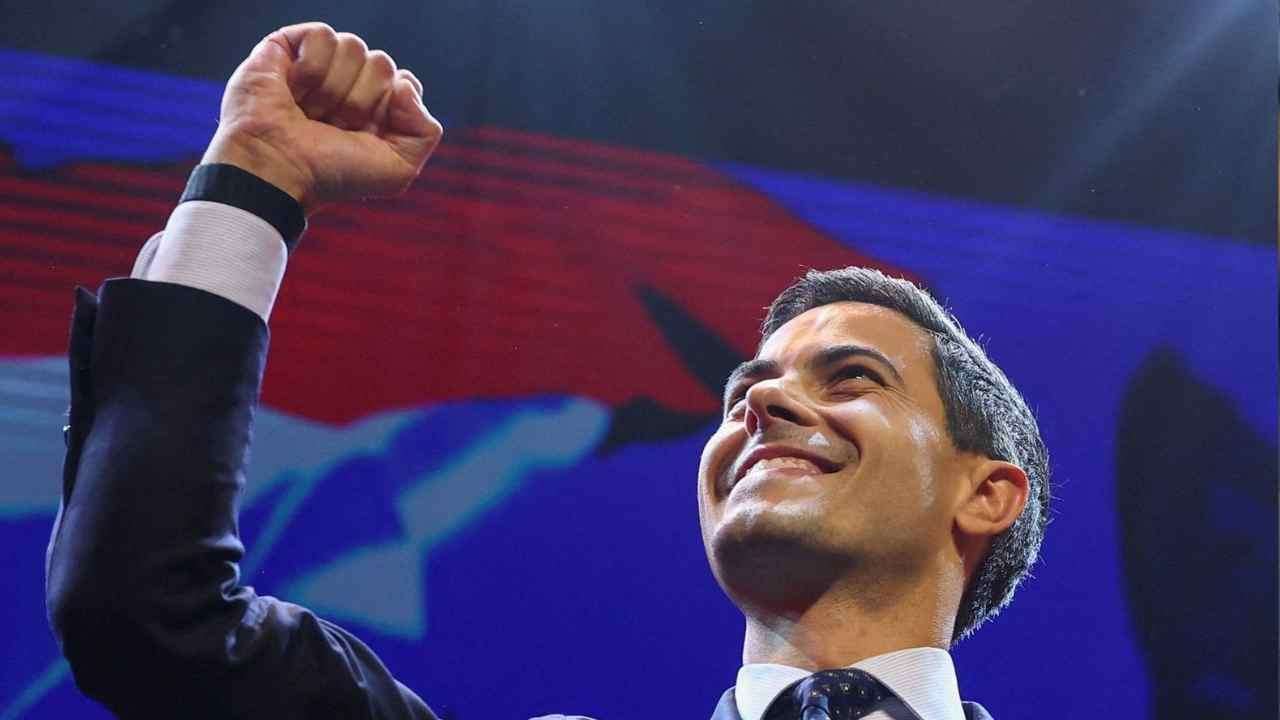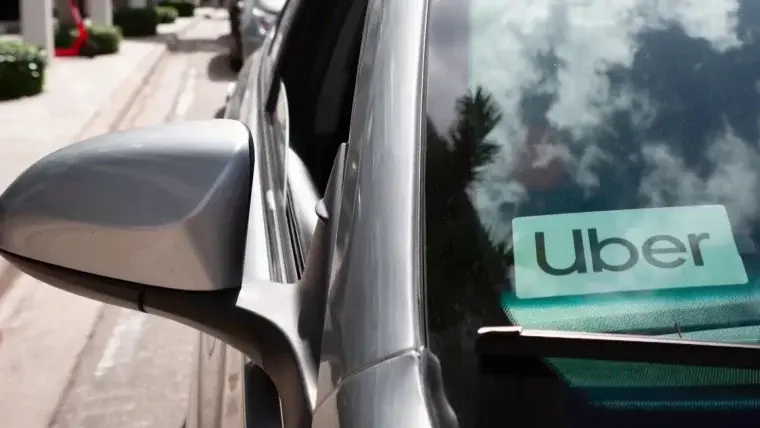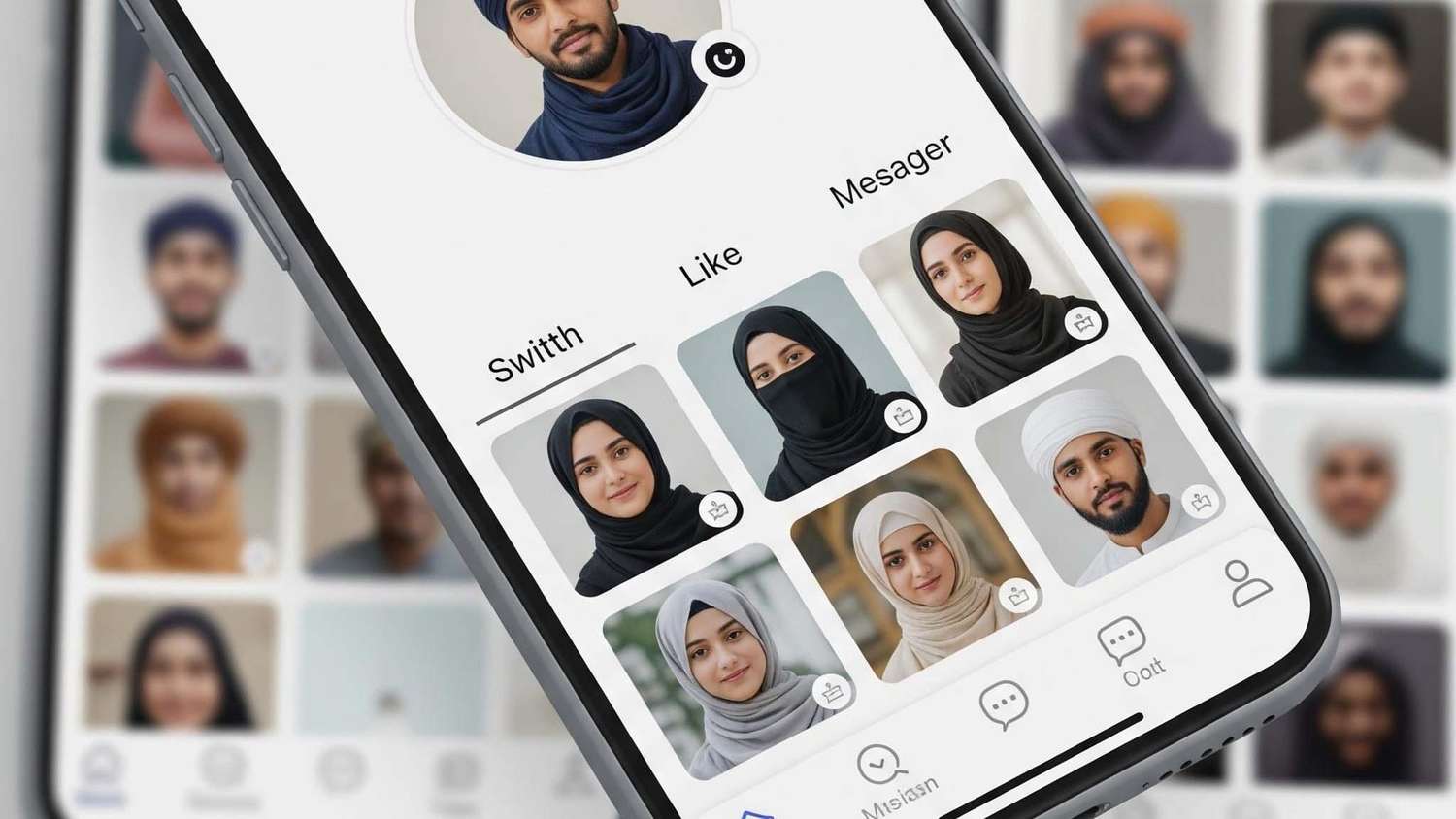A second leading academic institution has accused Uber of using secretive algorithms to significantly boost its profits while disadvantaging both drivers and passengers.
Researchers from Columbia Business School in New York found that the company employed “algorithmic price discrimination,” which increased fares for riders and reduced earnings for drivers across billions of trips in a systematic, selective, and opaque manner.
The Ivy League study, based on data from tens of thousands of rides and over 2 million trip requests, echoes similar findings from the University of Oxford. That UK study, published last week and based on 1.5 million trips, revealed that many Uber drivers in the UK have been earning “substantially less” per hour since the rollout of a new “dynamic pricing” system in 2023—coinciding with Uber taking a larger cut of the fare.
Len Sherman, the author of the U.S. study, stated: “Uber claims it understands rider and driver behavior well enough to determine who is willing to pay more or accept lower pay. I’m amazed at what they’ve managed to achieve.”
His report noted that since the introduction of upfront pricing, Uber has raised fares for passengers, reduced driver earnings, increased the percentage it takes from each fare, and significantly improved its cash flow during the study period.
In 2024, Uber reported generating $6.9 billion (£5 billion) in cash—an impressive turnaround from a $303 million cash loss in 2022.
Sherman explained that upfront pricing, rolled out in the U.S. in 2022, mirrors the UK’s dynamic pricing system introduced in 2023. This system determines variable pay for drivers and fares for passengers, building on Uber’s earlier “surge pricing” model used during high-demand periods.
The Columbia study, which analyzed 24,532 trips by a single U.S. Uber driver, found that the new pricing algorithm enabled the company to boost its “take rate”—the percentage of fare it retains after paying drivers—from about 32% at the start of upfront pricing to over 42% by the end of 2024.
Similarly, the recent University of Oxford study revealed that since dynamic pricing began, Uber’s median take rate from UK drivers rose from 25% to 29%, with some trips seeing the company take over 50%.
These two academic papers add to Uber’s ongoing list of controversies. These include a 2021 UK Supreme Court ruling that granted drivers the right to minimum wage and holiday pay, and the 2022 release of the Uber Files, which exposed the company’s efforts to mislead regulators and police, and its covert lobbying of governments worldwide.
Following the release of the Uber Files, Jill Hazelbaker, Uber’s senior vice-president of public affairs, stated: “We ask people to judge us based on our actions over the past five years and what we plan to do moving forward.”
An Uber spokesperson commented: “Our pricing system is built to ensure fairness and transparency for both riders and drivers. Upfront pricing gives passengers a clear fare before booking, and provides drivers with full visibility into pay, distance, and estimated trip duration to help them make informed choices.
“Our dynamic pricing algorithm is designed to balance supply and demand in real time to improve service reliability. These upfront prices are not personalized — our algorithms do not consider personal characteristics of riders or drivers. Claims that our system unfairly manipulates or discriminates in pricing are untrue and not backed by evidence.”
In response to the University of Oxford study released last week, the company said: “We don’t recognise the figures cited in the report,” and added that “every driver is guaranteed to earn at least the national living wage.”

_1.jpg)
.jpg)





.svg)


_2.jpg)
